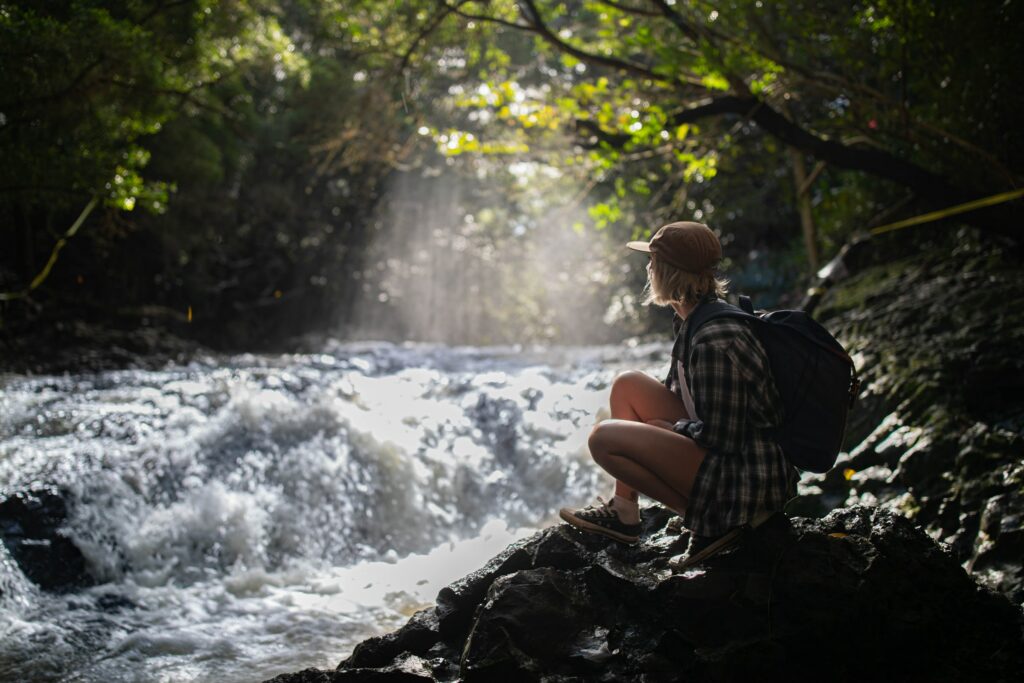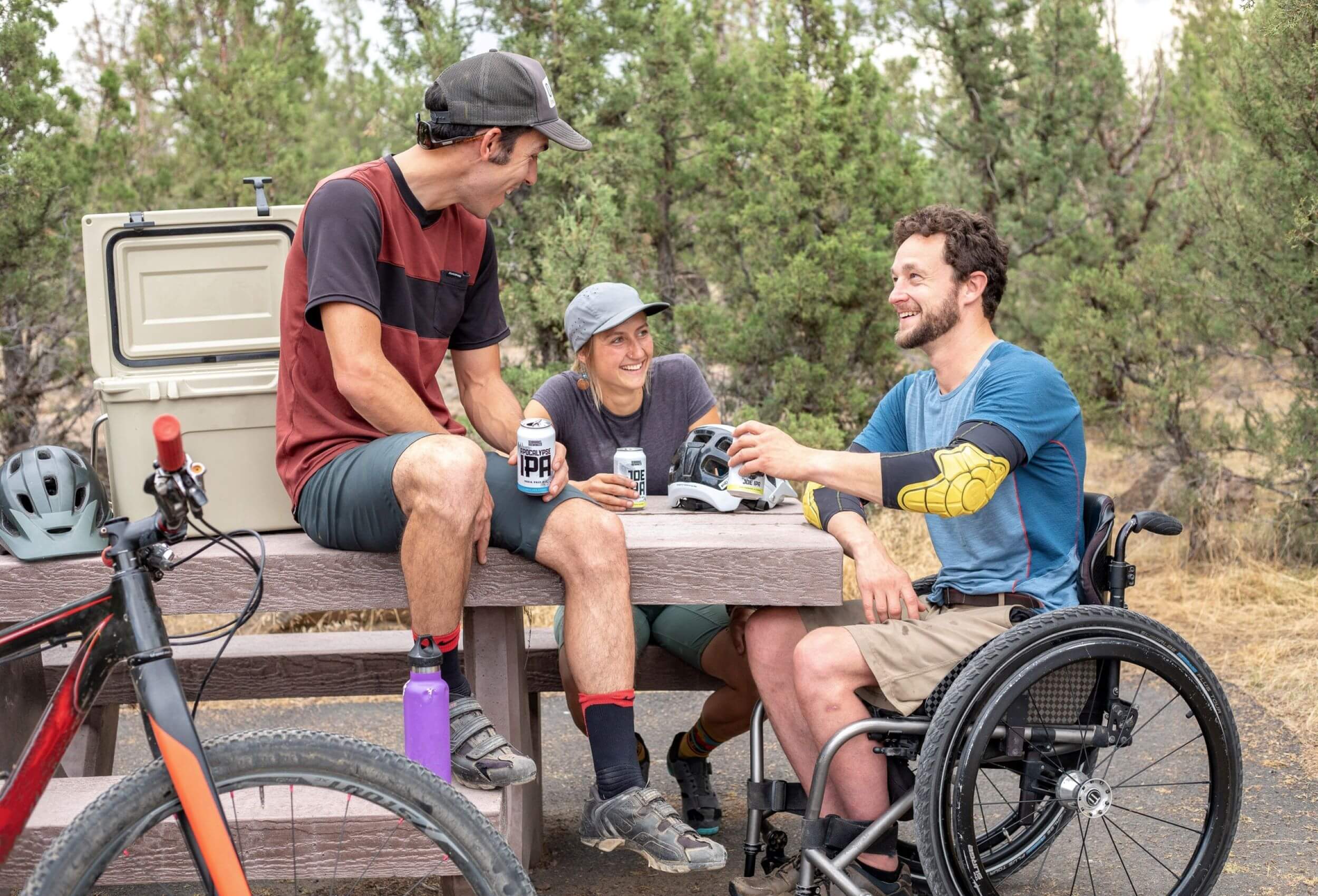Years ago, travel and transportation companies were less than accommodating to people with physical and mental challenges. Even after George H.W. Bush signed the Americans with Disabilities Act into law in 1990, those of us in this demographic still faced far too many roadblocks, especially if they struck out on a solo adventure. Leaders at the 2013 United Nations Meeting on Disability and Development even identified accessible travel as a key area for improvement 23 years later.

Image by Free-Photos from Pixabay
Thus, if anything good has come from the COVID-19 pandemic, it just may be increased accessibility for travelers with disabilities. In an effort to keep the public safe from the virus, airlines, railways and various other transports have made significant changes to their protocol. Millions of people with disabilities will be able to take advantage of the industry’s new and improved approach to travel.

1. Flexible Cancellation Policies
In light of the pandemic, members of the House Committee on Transportation and Infrastructure and the Subcommittee on Aviation have recently urged U.S. airlines to relax cancellation policies. Now, some companies are promptly refunding passengers for any flights that either they or the airline choose to cancel. Many others, including Delta, United, American Airlines and Alaska, are canceling change fees on non-refundable tickets.
These decisions come as a huge relief to people with disabilities who may have to change their travel plans at the last minute. Those with fluctuating and unpredictable symptoms will likely benefit the most as they can now cancel or postpone travel plans without paying a hefty fee. Extending this same compassion to people with disabilities even after COVID-19 becomes a part of history would be a massive step towards more accessible travel for everyone.

2. Contact-Free Solutions
The coronavirus has also led to the implementation of more contact-free solutions. Automatic doors, voice recognition and online check-ins are now commonplace and have made travel safer for everyone. For those with autoimmune diseases, reduced contact, fewer physical expectations and remote check-ins will be a welcome change. Even after the pandemic, these technologies will likely stick around and become more prevalent, allowing the immuno-compromised to explore both local and international destinations without worrying about their health.
Contactless travel has also increased accessibility for those with mobility issues. Pre-trip concierge, virtualization, automation and wayfinding technologies have made travel possible for even the most home-bound individuals. Moreover, many more people with disabilities can now travel without the help of family members, friends and fellow travelers. This newfound sense of independence could take these individuals anywhere as long as these contactless solutions remain a constant after the pandemic.

Image by Mabel Amber from Pixabay
3. Better Infrastructure
Most people with disabilities can freely move about their home without experiencing any accessibility issues. If they’re in a wheelchair, their doorways are wide enough to accommodate them and, if they’re blind, they’re able to feel their way from one room to another. Outside of their home, however, these individuals can easily get lost in busy, disorienting environments. Consequently, traveling to certain locations may still be incredibly difficult, if not impossible.
However, improvements to both urban and rural infrastructure have made travel more accessible to people with disabilities. For example, Bellevue, Wisconsin’s Parks and Recreation recently installed an EZ Dock at a new kayak launch to allow people with limited mobility better access to the river. Likewise, many industries are updating their architecture to accommodate travelers with mobility challenges. Curb ramps, low concierge counters, and hotel rooms with ceiling hoists are becoming more common, allowing this demographic to go even further.

wheelchair hiker trail: Image by makeitsomarketing from Pixabay
4. Virtual Experiences
Before COVID-19, virtual tours, assistants and experiences were little more than an afterthought. Most people preferred to visit new places in person. However, since March, there has been a heightened demand for virtual experiences. Now, instead of risking exposure to the virus, many individuals — disabled and non — are enjoying new adventures from the safety of their homes. Instead of strapping into an airplane seat, they’re strapping on virtual reality headsets to see the world through a new lens.
Of course, this increase in virtual access has greatly benefited those with disabilities. Instead of battling inaccessible airport terminals, bus stations and security lines, they can experience new places without ever having to leave home. However, when the pandemic lifts and they are ready to travel again, VR will have better prepared them for their physical adventure. After virtually familiarizing themselves with travel procedures and their destination’s accessibility, they’ll have a much smoother real-world experience.

5. The Promise of Innovation
The travel industry has certainly improved accessibility for travelers with disabilities in recent years, but they still have a long way to go. The ADA is sometimes still accused of being more symbolic than it is powerful, a groundbreaking law with no teeth. Advocates would like to see more federal funding and support. Complete accessibility will rest in the hands of innovators and designers. Luckily, many of the brightest minds are already hard at work developing accessible solutions for America’s 25.5 million citizens with disabilities.
With the help of new vehicle technologies, automated intelligence, travel apps and wearables, persons with disabilities are beginning to consider travel — some of them for the first time in their lives.
Strangely enough, the pandemic may have been the catalyst for many of these emerging technologies for accessible travel. Without still far from perfect, the world may have waited much longer to begin implementing more accessible solutions for those of us with physical and mental challenges.

For More:
- We’ve got lot more travel tips on our site!


